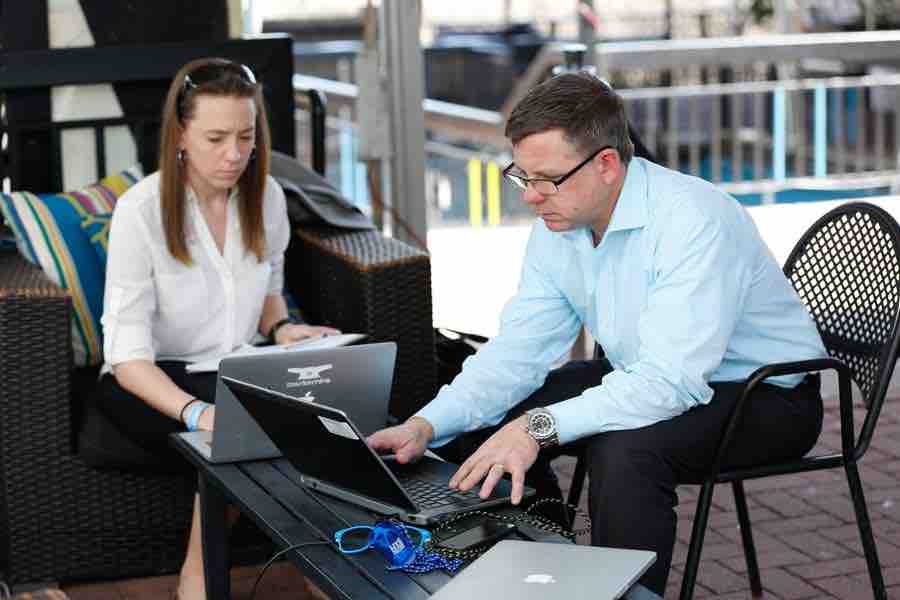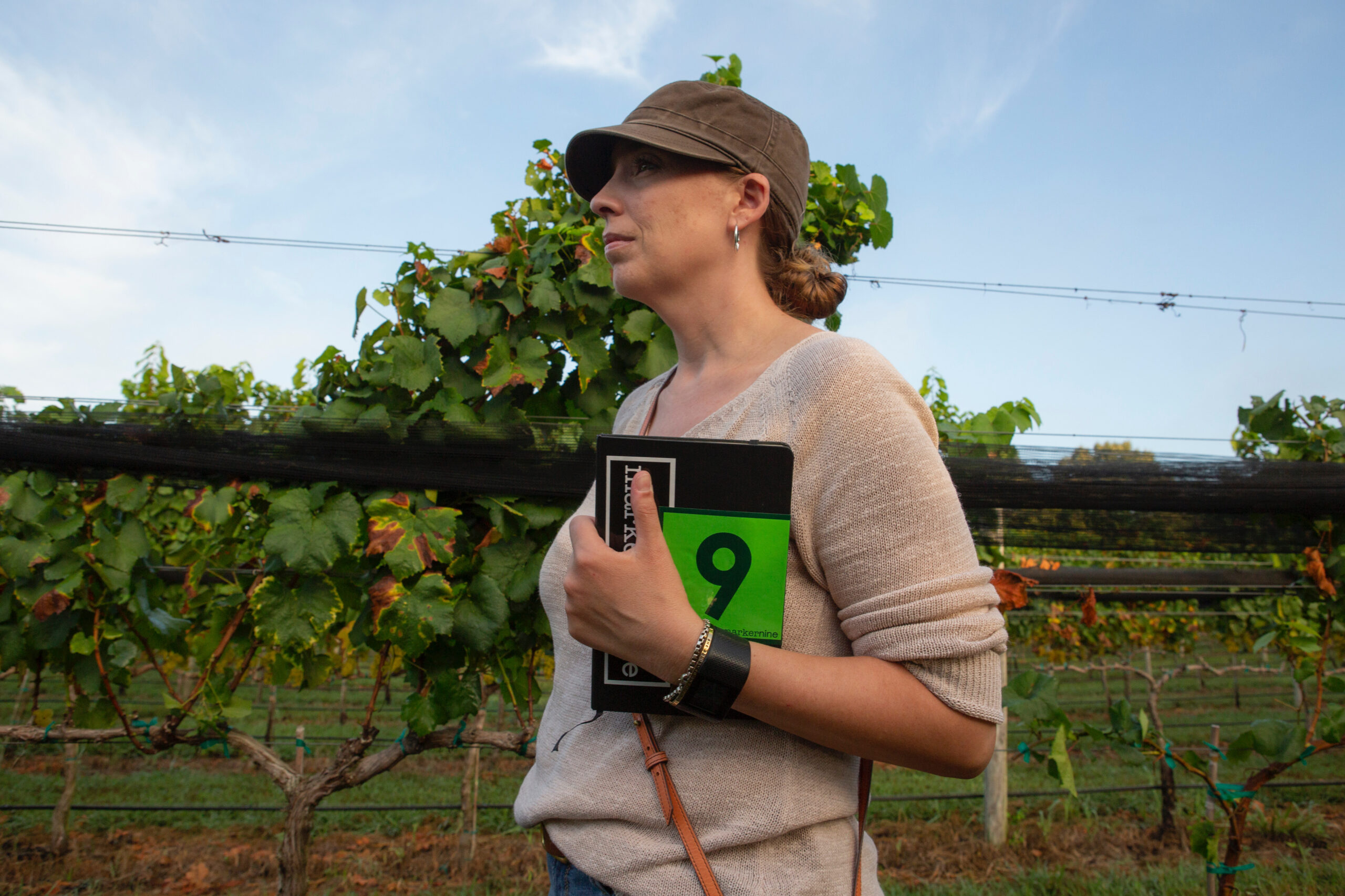By Stephanie Heinatz, Consociate Media Partner
Back in the day, while working as a newspaper journalist, I learned early on my biggest weakness.
I was addicted to story. To human conflict and how people overcome adversity. To the tales of people doing good for each other…just because.
My first newspaper editor was, too. He’d sit with me for hours, listening to the stories of the people I’d met and the stories I’d beg him to let me tell.
But he taught me something that I would never forget, and a lesson that all businesses and brands should adhere to when it comes to their efforts to get a journalist’s attention on something impactful happening in their world.
Story is simply not enough.
You need story, of course.
But story needs help. It needs context. It needs impact.
My weakness back then, and one I labored to gain strength in, was to find a way to put context and impact around the powerful stories.
It was the only way a young reporter could convince an editor that their story idea was worth the time investment in researching and writing, and today it’s a powerful way a business or a brand can get the attention of a journalist.
What does all that mean and how do you put it into action?
When pitching a story to a journalist about something going on in your organization, utilize what we call the three-legged stool approach.
Why three-legs? Why a stool?
It’s simple. A stool can’t stand on one, or even two, legs. It needs all three.

STEP 1 – LEG 1
Define your story. Define your who. First and foremost, a powerful pitch to the news media should have a character in it. People are drawn to stories. People are drawn to people (or dogs, cats, dolphins, etc.). People are drawn to characters.
Literally write down, in no more than two paragraphs, what the story is. Is it a business owner? A customer? The lead farmer in your vineyard? A doctor making a major breakthrough for patients? A patient cured of disease?

STEP 2 – LEG 2
One person can be a powerful story on its own. But for most journalists, they want to be able to showcase how a story is relatable to more than just one person, to connect it to a bigger picture.
Here’s where you start your research. How many other people are impacted by the who in your story? Are there national or third-party organizations that you can quote statistics from to showcase the importance of the story you want to tell?
Think about the example above – a patient cured from a disease. How many other people in the region, or nation, suffer from the same disease? Or what about the farmer? What is the impact of agriculture operations in the region?

STEP 3 – LEG 3
Why now?
You’ve heard the saying “timing is everything,” I’m sure.
That’s true in storytelling and pitching journalists, too.
Even if you have a powerful story and numbers to back up the potential impact, the context of time is as critical as the facts.
Think about why people should care about what you are saying at the time you are saying it.
The farmer from the vineyard might be the most impactful during annual harvest season.
The patient cured of disease may make the biggest splash in the awareness month of the illness they’ve bravely fought off.
Check headlines, too. Current events can and should drive the timing of story pitches.

BONUS STEP – LEG 4
If a three-legged stool is strong and will stand steady, imagine what a four-legged one could do.
The fourth leg and bonus step in defining stories to pitch to the media is to ensure the story can be told both in words and visuals.
There’s a reason as a newspaper reporter I was as interested in what a photographer thought about my story idea as I was my editor. If I didn’t have good imagery to tell the story visually, there was no way the story was going to get good play in the paper – or even likely make it to the front page.
When thinking about your story pitches for journalists, think about if you have strong imagery to send with the pitch. If not, are your subjects open to being photographed?
What about TV media? How would you envision videotaping the story? Could the main subject be interviewed on camera? Is the place the story takes place visually appealing as a backdrop?
We live in a multi-media world. TV journalists are looking not just for how they can tell a story through video, but also photos and words to put on their websites and social media platforms.
Newspaper and magazine writers are publishing their work online – websites and social media channels – and they need video and imagery assets to share it all.
If you’ve read down this far, here’s a challenge for you. Pull out a piece of paper, or open a writing program on your computer. Crank out three ideas of stories of people that you find to be powerful for your organization. Next to each of those ideas, write down a time of the year that would make sense to share those stories. Then, finally, do some Googling. Research two to three statistics that back up each of those story ideas. Save this document as part of your strategic planning for the year and when the time is right, draft an email to a news media outlet you think might be interested in covering this story.
